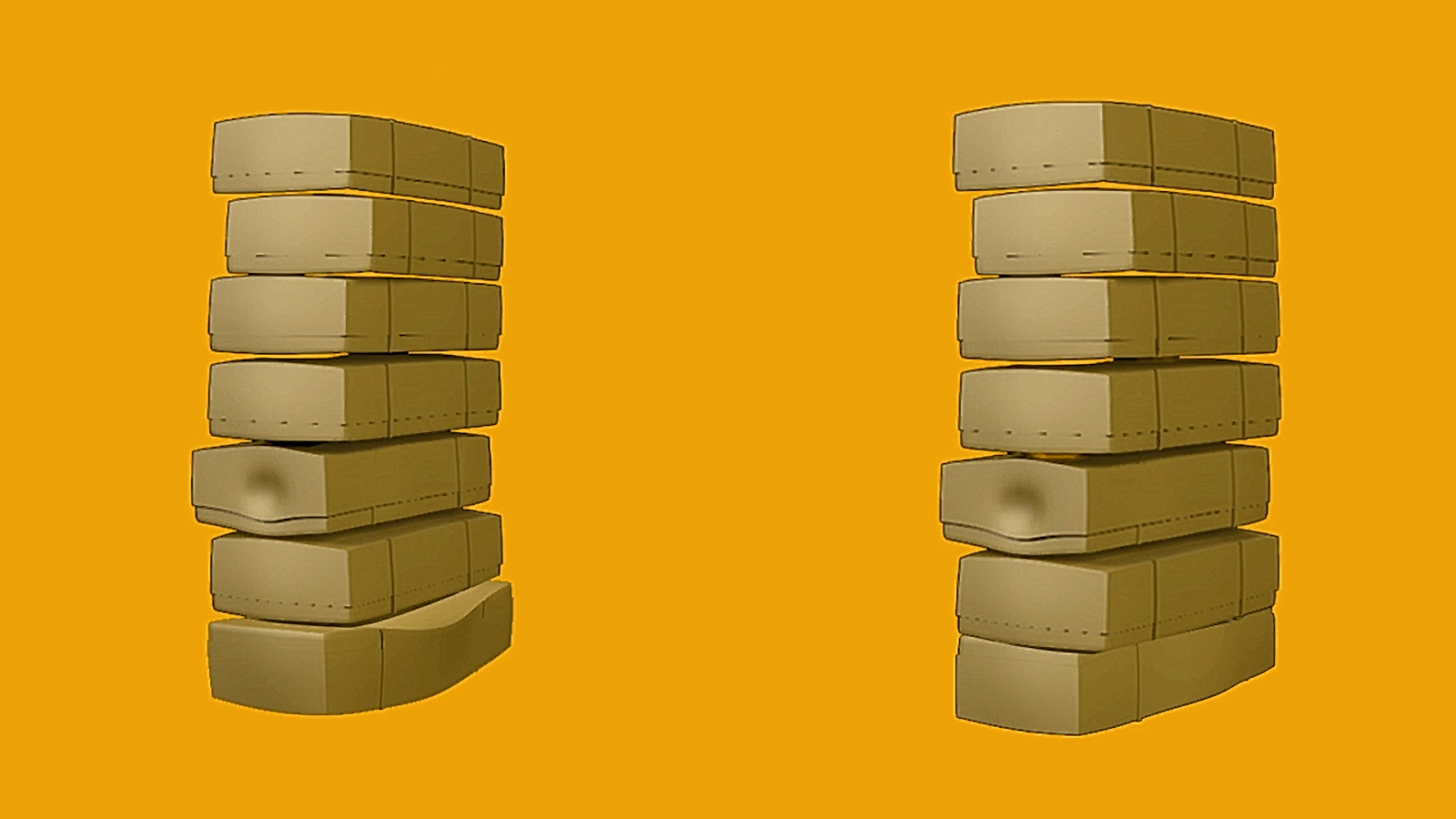SAVE MONEY IN AIR FREIGHT
Lack of raw material for boxes and air freight
availability problems have brought serious struggles for the flower industry
worldwide. There´s not a clear idea of a specific time this would all be solved
somehow so this basically forces us to build solutions among what´s possible
for the industry to control.
3 main causes of the problem
Efficiency can always improve, and some
alternatives have been explored but first we should look at the 3 main problems
that cause inefficiency:
1.
Very few flowers inside the box: this is
basically too much air inside the box due to a wrong box size for the order.
Flowers are sold in unlimited ways: stems/bunch, sizes, lengths, colors,
varieties, opening point, etc. This variability will naturally cause
inefficiency in some of these different ways but if we don’t have the correct
box options according to the orders, or at least most of the, this would keep
the inefficiency as a problem.
2.
Too many flowers inside the box: opposed to what
we may think, overpacking is a serious problem. Box get inflated to a point
where they not only occupy more space than they should, but they´re also more
difficult to stack in an efficient way and the quality will also be affected
since the resistance of the box design is lost.
3. Too much unneeded sizes: According to a study done by UC Davis, the industry worldwide has more than 1000 box sizes. Many different box sizes respond to many different variables of product and orders, so that’s not the problem itself, the problem is when you have boxes that are practically the same size like in the next example:
|
|
Length |
Width |
Height |
|
Box
1 |
100 cm |
32 cm |
17 cm |
|
Box
2 |
101 cm |
30 cm |
17.5 cm |
These two boxes have less
than 3% difference in volumetrically weight so it´s practically the same box.
This problem is more frequent than we all think, and it affects majorly in a
supply level as well as in a lack of efficiency in a market level due to a poor
stacking of the boxes.
So, what are the options?
1.
At farm level: good packaging is not only
not overpacking, apart from having the right box size, it´s also a matter of
good handling, avoiding the box getting wet, a proper packing method, etc. Poor
handling causes box deformations thus loss of resistance in the box, so quality
is majorly affected. Also, as mentioned before, overpacking would make the box
to occupy more space (volume), thus more volumetrical weight, thus more cost. A
plus here would be using the internal extra support designed by Qualisa a few
years ago or the options available from packing suppliers.
2.
Freight forwarders & airlines: as a
logistics player, freight forwarders & airlines have an important role
around this problem. Identifying and measuring the total inefficiency problem
is a good starting point. Seeking efficiency in air freight and packaging
should be a continuous process rather than a single seasonal project.
3.
Flower buyer: Need more flowers inside a
box? Don’t ask the farm to overpack, let’s find another size that fits most of
your orders. Defining specific sizes can be challenging due to all the
different types of flowers and orders they exist but, some minimal data
analysis here could bring lots of benefit to your transport costs.
4.
Market level: like in the Tetris game, to
achieve a proper consolidation of boxes from different sources, the best
scenario is to have a common measure between the pieces. There´s a major
opportunity here to have a consensus among the height of the boxes. Even if
width and length keep being variable, having a consensus among the height could
have a great impact in the stacking of boxes and consequently in the way space
is occupied. Whether it’s a warehouse, cargo hold of a plane, customs warehouse,
or cold room in the farm, pieces with a common height will be better stacked. This
doesn’t mean there has to be just one measure for height, but if 2 QBs stack up
to the height of 1 HB, there will be a major change in space occupation.
5.
Communication at all levels: data sharing,
efficiency measuring and consensus over sizes (at least height) can be done by
every player in the flower industry. Not all decisions about box sizes are in
the grower side, nor in the market side.
The overall challenges are to identify
the correct numbers, consider the variables (product + orders), find close options,
and most important, reach some agreements among colleagues and suppliers.
Expoflores will work strongly on this topic in the first semester of 2022. Let
us know your ideas, send your data and let’s work together in real solutions
for the industry.




Comentarios
Publicar un comentario